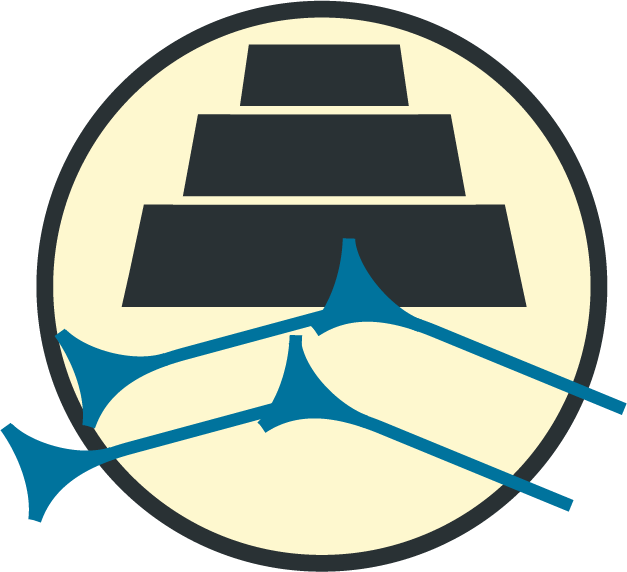the project
In view of the importance of Mesopotamia for the history of civilisation in general and of its rivers and canals for its cultural development, exact water courses as well as their changes during the millennia considered here have been surprisingly poorly examined. Most existing analyses are selective and often limited to the immediate surroundings of individual cities. The earliest written sources of history illustrates the dependence of ancient civilizations on irrigation: Late 4th to 1st millennium BCE cuneiform texts reflect almost every aspect of water systems, especially the topological relation between settlements and water courses.
The project aims to combine the information from the huge corpus of texts with remote-sensed reconstruction of ancient river canals and the numerous archaeological and geomorphological fieldwork projects. Such a combination of philological, archaeological, and geographical datasets is unique to date and will be merged into a single network of reconstructed watercourses thanks to the help of expertise in complex data analysis from Digital Humanities. The four participating research groups (digital humanities, philology, archaeology, geography) will jointly develop a method for data mining, data fusion and harmonization, data plausibilization, data analysis, and data presentation.

The research approach reposes on data mining and formal network analysis to link toponyms and hydronyms mentioned in texts with archaeological data on settlements and remote sensing-based hydrographical network reconstructions. The outcome is a multi-temporal network of rivers and canals, covering several key periods of Mesopotamian history from the late 4th to the 1st millennium BCE. Each disciplinary dataset will complement the others and help to fill eventual gaps and inaccuracies. Based on this multi-temporal hydrographic network, it will be possible to analyse changes in hydrography and link them with societal evolutions as derived from existing historical and archaeological knowledge and findings. The multi-temporal hydrographic network will then be used to develop a simplified 3D hydraulic model. The model will allow a closer investigation of specific environmental changes such as the increasing aridity on water circulation through the network and foster thereby further analyses on the impact of these environmental changes on civilizations.
Thus, the project extends the state of the art by elaborating a complete picture of the spatial and temporal evolution of the water infrastructure during the earliest history of our civilization. Only this integrated view on the space-time evolution of the whole alluvial plain allows to test and discuss the still open hypotheses on the role of climatic changes (e.g., drying), coastline evolution, or river avulsions and naturally triggered river relocations on the political-historical development. The explanatory power of the interdisciplinary project team and the combination of multiple types of information sources enables to consider multiple perspectives on the complexity of the evolution of the early societies in this area.
Finally, the very extensive and complex datasets will be published in form of an interactive and open access database and in form of an interactive atlas. The database will be opened for future collaborations and maintained after the project. We will develop a method for data maintenance, data connection, data evaluation, data analysis, and data presentation. Indeed, for keeping up-to-date with developments in current and future research, we argue for open access, linked, curated, and versioned forms of data publication. This way, we expect the project outcomes to allow new developments in archaeology but also to benefit neighbouring disciplines and transdisciplinary studies in general.
Rivers of Mesopotamia (2019–2021)
The HyMes project was preceeded by the project «Rivers of Mesopotamia» (RiMes) directed by Dr. Susanne Ruthishauser from 2019–2021 at the University of Bern. Assisted by M.A. Fabrizio Bätscher and M.A. Sebastian Borkowski, the RiMes project integrated remote sensing data on paleochannels and philological datasets for the reconstruction of the historical hydrography of Southern Mesopotamia at the end of the 3rd millennium BCE via geographic information systems and network analysis.
A preliminary report on the project was presented at the 1st ARWA International Research Workshop «Sumer & the Sea: Deltas, Shoreline and Urban Water Management in the 3rd Millennium BC Mesopotamia» (2-4 June 2021) organized by Dr. Licia Romano at the Italian Institute of Oriental Studies at Sapienza University of Rome. A video recording of the paper is available on the ARWA YouTube Channel: The «Rivers of Mesopotamia» Research Project — S. Rutishauser, S. Borkowski
The RiMes project was funded by the cogito foundation.
